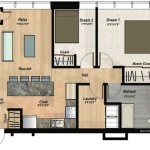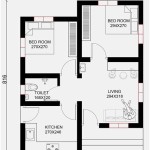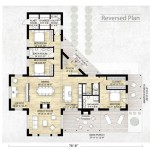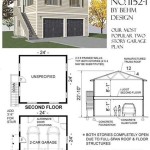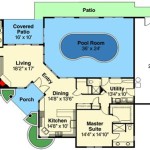How to Read an Architectural Plan
Architectural plans are visual representations of buildings or other structures. They are used by architects, engineers, and builders to plan and construct new projects. If you're not familiar with how to read architectural plans, don't worry—it's not as difficult as it may seem. With a little practice, you'll be able to understand the basics of architectural plans and use them to your advantage.
Understanding the Basics
Architectural plans are typically drawn to scale, which means that the dimensions of the building or structure are represented accurately on paper. The scale of a plan is usually indicated in the title block, which is located in the lower right-hand corner of the sheet. The title block also includes other important information, such as the project name, the date, and the architect's name.
Architectural plans are typically divided into several different sections. The floor plan shows the layout of the building or structure from above. The elevation shows the exterior of the building or structure from one side. The section shows the interior of the building or structure from one side. These different sections provide a comprehensive view of the building or structure and can be used to understand its design and construction.
Symbols and Abbreviations
Architectural plans use a variety of symbols and abbreviations to represent different features of the building or structure. For example, a circle may represent a light fixture, and a square may represent a window. A line may represent a wall, and a dashed line may represent a door. It is important to be familiar with the symbols and abbreviations used on architectural plans in order to understand them.
Reading the Plans
To read an architectural plan, start by identifying the title block. This will help you understand the scale of the plan and other important information. Then, look for the floor plan. The floor plan will show you the layout of the building or structure from above. You can use the floor plan to see the different rooms and spaces in the building or structure and how they are connected.
Next, look for the elevation. The elevation will show you the exterior of the building or structure from one side. You can use the elevation to see the different features of the exterior of the building or structure, such as the windows, doors, and roof.
Finally, look for the section. The section will show you the interior of the building or structure from one side. You can use the section to see the different features of the interior of the building or structure, such as the walls, floors, and ceilings.
By understanding the basics of architectural plans and using the symbols and abbreviations, you can learn to read and understand them. This can be a valuable skill for anyone who is interested in architecture, construction, or home design.

The Basics How To Read Architectural Plans Watchdog Project Management

How To Read Architect S Drawings With Wikihow

How To Read Architect S Drawings With Wikihow

Learn To Read Architectural Drawings Superior

How To Read Architectural Plans Jda Lammin Architects

How To Read A Floor Plan With Dimensions Houseplans Blog Com

How To Read Construction Plans Like A Pro

How To Read Architect S Drawings With Wikihow

How To Read A Floorplan Architecture Edition Understanding Architectural Floor Plans Walkthrough

Do You Know How To Read Floor Plans

